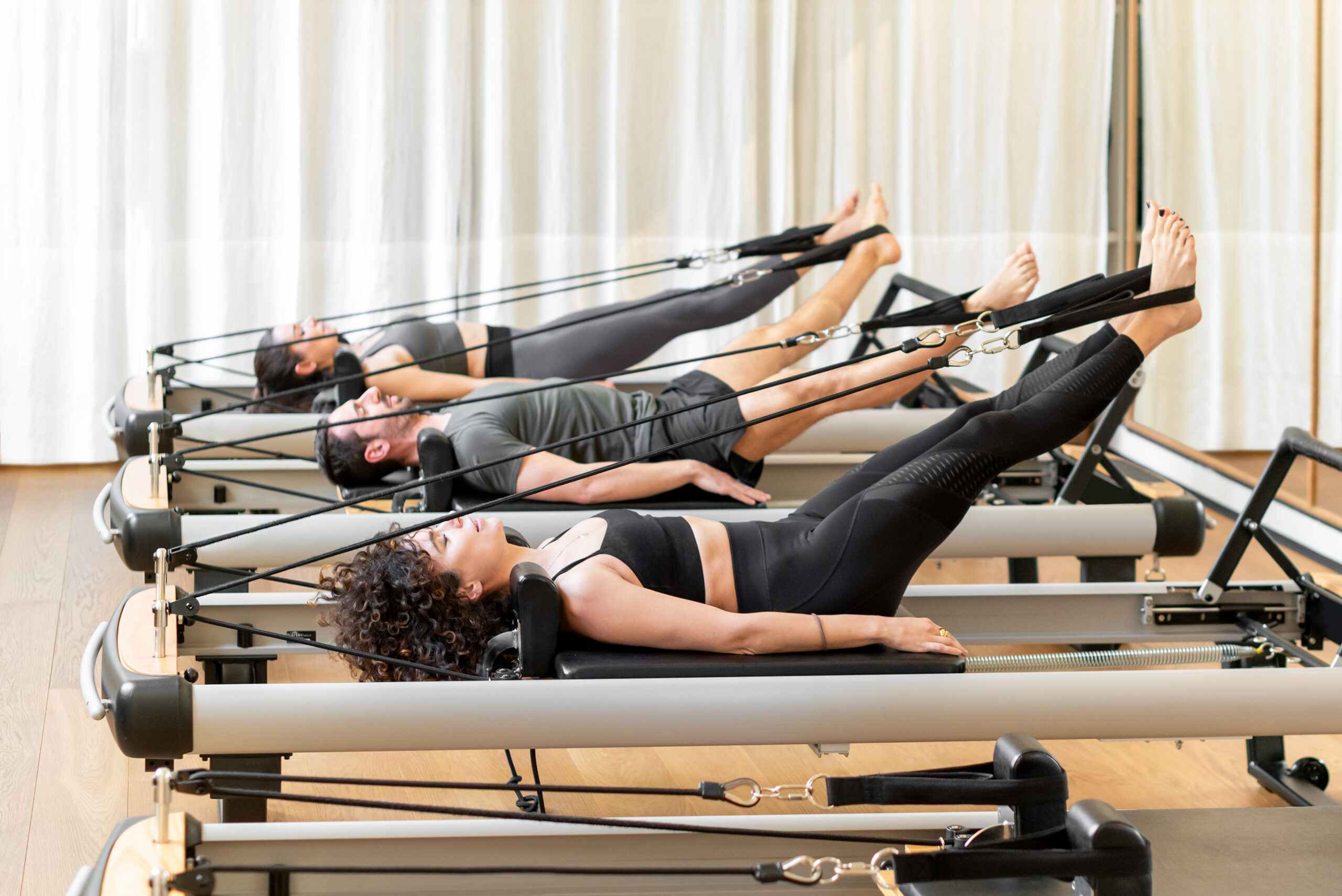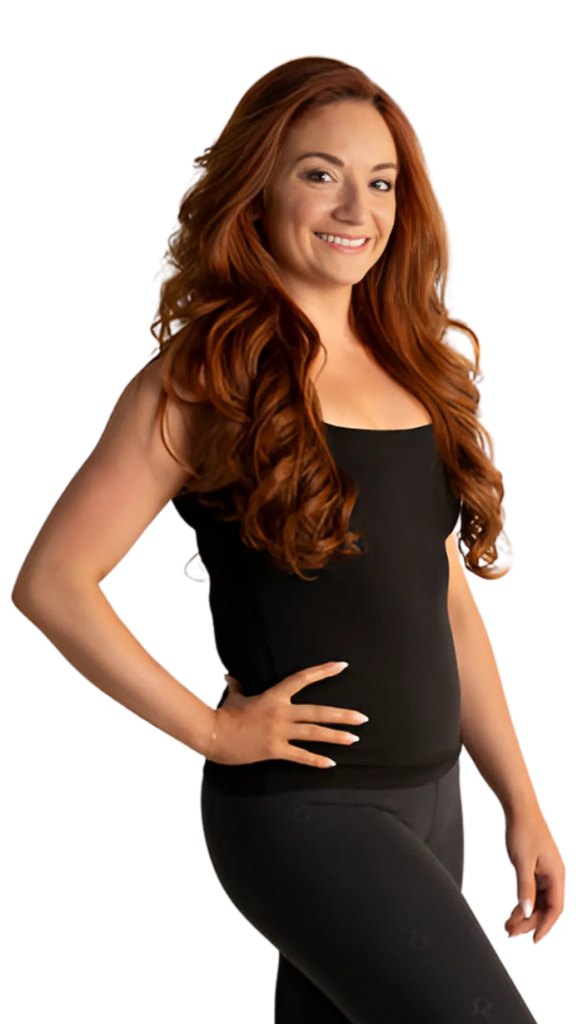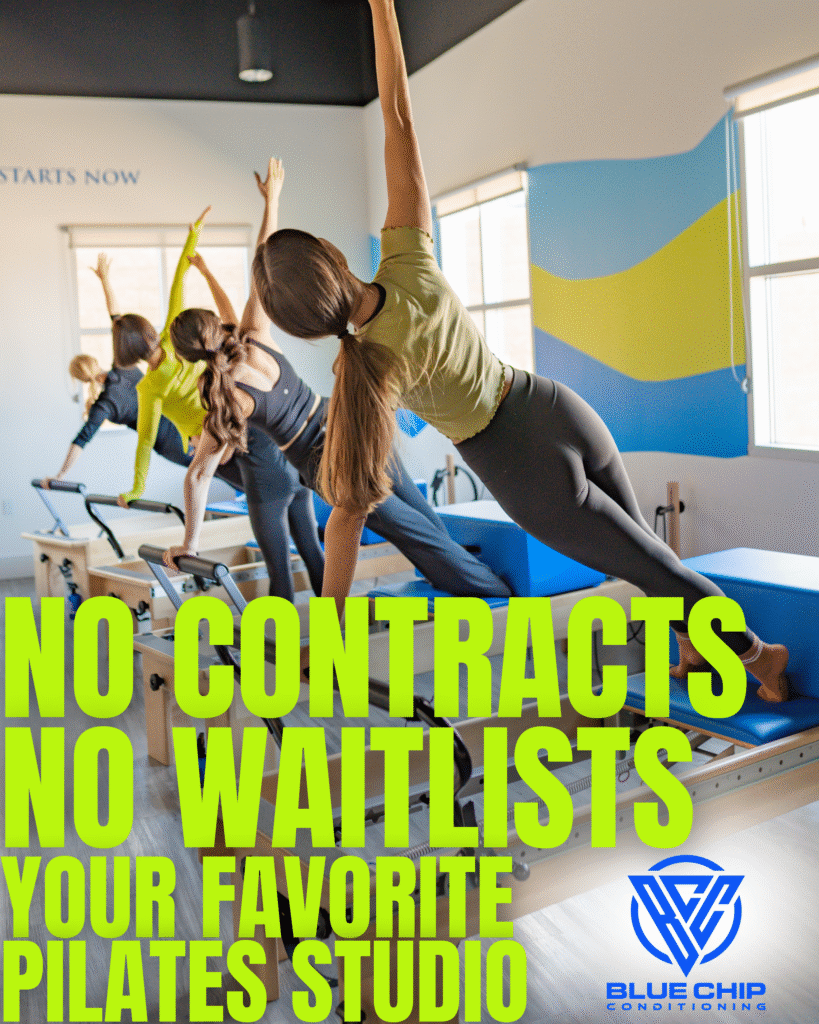Introduction
Pilates classes can be a life-changing way to begin your fitness journey. Pilates provides a thoughtful approach to strength and flexibility with its emphasis on alignment, breath control, and controlled movement. But novices frequently face a critical dilemma: should you begin with reformer Pilates or mat Pilates? Knowing the differences between the various approaches can help you choose the one that best suits your comfort level, fitness level, and personal objectives.
We’ll go into great detail about both reformer and mat Pilates class formats in this post to help you choose the one that will work best for your first Pilates session.
Understanding Pilates and Its Benefits
What Is Pilates?
Joseph Pilates created the low-impact Pilates exercise program, which emphasizes flexibility, core strength, and general body awareness. A standard Pilates class consists of a number of exercises intended to enhance muscular balance, posture, and coordination.
The Benefits of Pilates for Beginners
Whether on a mat or a Reformer machine, Pilates offers numerous benefits for newcomers:
- Enhances posture and spinal alignment
- Builds core strength and stability
- Improves flexibility
- Reduces stress through focused breathing
- Develops muscular endurance without bulk
Reformer Pilates Explained
What Is a Reformer?
The Reformer is an apparatus that has ropes, pulleys, resistance springs, and a sliding carriage. It can be adjusted for varying resistance levels and permits a complete range of motion. Dynamic, focused workouts are provided by this machine-based Pilates class.
Pros of Reformer Pilates for Beginners
- Provides additional support for alignment and balance
- Helps those with injuries by modifying movements
- Offers resistance for strength training
- Engages more muscle groups through equipment-based variations
Cons of Reformer Pilates
- Classes are typically more expensive
- Availability may be limited in some areas
- Requires familiarization with the equipment, which can feel intimidating at first
Mat Pilates Unpacked
What Is Mat Pilates?
Mat Pilates is a series of exercises where you use your body weight as resistance while performing the exercises on a mat. It serves as the cornerstone of all Pilates instruction and frequently introduces the core exercises that are used in Reformer classes.
Pros of Mat Pilates for Beginners
- Accessible and cost-effective
- Helps build foundational strength
- Easily done at home or in a studio
- Encourages greater body awareness without reliance on equipment
Cons of Mat Pilates
- May be more challenging for people with limited mobility or core strength
- Less variety in resistance compared to a Reformer-based Pilates Class
Which Option Should You Choose First?
Your Fitness Goals
Mat classes are a great place to start if you want to improve your flexibility and establish a solid foundation. However, a Reformer Pilates Class might be a better option if you want a more strenuous strength-training session with more support.
Your Comfort Level
Because mat Pilates is easy to learn and reasonably priced, beginners frequently feel more at ease beginning with it. Reformer sessions, on the other hand, might be ideal for people who like structured equipment and guided resistance.
Accessibility and Budget
Mat classes are more accessible to new students because they are widely available and frequently less expensive. Your decision may be influenced by the fact that Reformer Pilates may require you to join a specialized studio or gym.
Expert Insights: What Instructors Recommend
In order to grasp the concepts of alignment, breathing, and core engagement, certified Pilates instructors frequently advise beginning with a few mat classes. Making the switch to Reformer sessions can help you develop your practice and expand your repertoire once you’re comfortable doing so.
Studio Environment and Class Structure
What to Expect in Your First Class
- Mat Class: Expect basic core work, spinal articulation, and breathing techniques.
- Reformer Class: You’ll use the Reformer’s carriage and springs, often guided through full-body movements.
How to Prepare
- Arrive early to discuss any injuries or concerns with the instructor
- Wear fitted but comfortable clothing
- Bring water and a positive mindset
Hybrid Approaches: Best of Both Worlds
Numerous studios provide hybrid classes that incorporate both Reformer and mat exercises. This enables you to enjoy the resistance and variety of Reformer workouts while gaining the body awareness and core strength of mat Pilates.
Those who wish to prevent their progress from plateauing will particularly benefit from a hybrid approach.
Final Recommendation: Mat vs. Reformer
To establish a solid foundation if you’re just starting out, think about starting with mat Pilates. To advance your practice and reap the rewards of equipment-based training, enroll in Reformer classes after you’ve gained a certain amount of comfort and control.
Your financial situation, personal objectives, and the availability of classes in your area will all play a role in selecting the best format. In any case, you’re preparing for a more robust and healthy body.
Conclusion
There are many advantages to both mat and reformer Pilates class options. In the end, your choice should be based on your objectives, physical requirements, and degree of equipment comfort. Consistent practice under the supervision of qualified professionals will position you for success regardless of the route you decide to take.
You can make sure you’re performing movements safely and effectively by working with the top pilates instructors. Their knowledge can also help you modify methods to fit your particular body type and fitness objectives.
Pilates is ultimately a lifelong process of strengthening, stretching, and refocusing your body and mind, whether you do it on a mat or a reformer. Accept the process and take pleasure in every advancement.
FAQs
Can I switch between mat and Reformer classes as a beginner?
Yes, a lot of studios support it! While a Reformer adds resistance for increased muscle engagement, a mat can help you learn the fundamentals.
Are Reformer classes harder than mat classes?
Not always. You can adjust both to your level of fitness. Although the additional resistance may make reformer feel more intense, it can also provide beginners with support.
Do I need to be flexible to join a Pilates class?
There is no need for prior flexibility. In actuality, Pilates gradually increases your range of motion.
How do I find the best pilates instructors in my area?
Seek out certified teachers with a teaching style that suits you, a lot of experience, and positive reviews. Some of the best pilates instructors in the area are known to work at studios like Blue Chip Conditioning in Las Vegas.





